The Canon EOS R50 V will be announced on March 26, 2025 alongside the global announcement of the PowerShot V1. Canon will also announce the RF-S 14-30mm f/4-6.3 IS STM PZ and the RF 20mm f/1.4L VCM.
Below are some of the Canon EOS R50 V specifications and improvements over the original EOS R50.
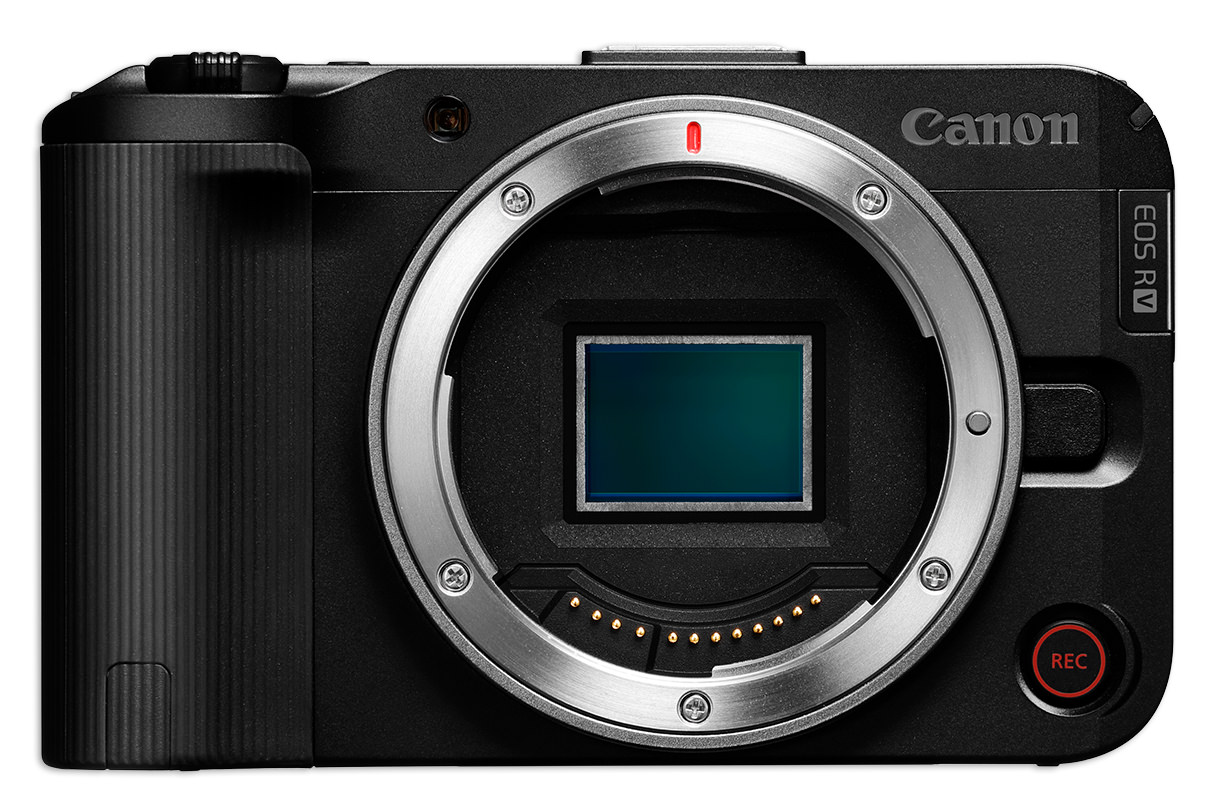
Canon EOS R50 V Improvements
New video recording modes
Movie Auto Slow Shutter, Slow/Fast Motion Recording, and Movie IS Mode, improving video quality in various conditions.
Enhanced image stabilization
Image Stabilizer (IS Mode) for better shooting while in motion.
Advanced HDR mode:
HDR shooting includes HDR Shooting (PQ) and HDR/C. Log View Assist for improved dynamic range.
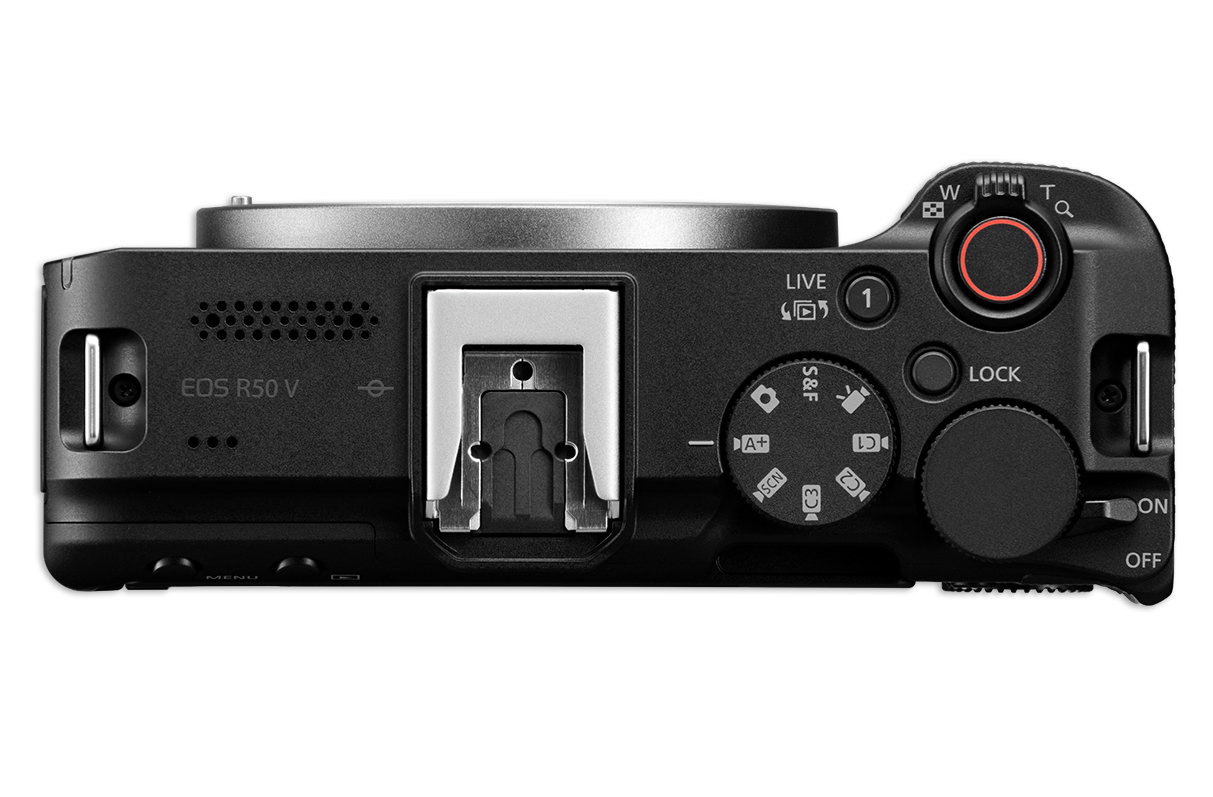
Improved autofocus settings
Added AE for Priority Subjects During AF and the ability to register people for priority autofocus.
Enhanced wireless connectivity options
Improved Wi-Fi/Bluetooth connectivity and support for Live Switcher Mobile Streaming.
More customizable shooting modes
Additional shooting options such as Smooth Skin Mode, Focus Bracketing, Interval Timer Shooting, and Silent Shutter Function.
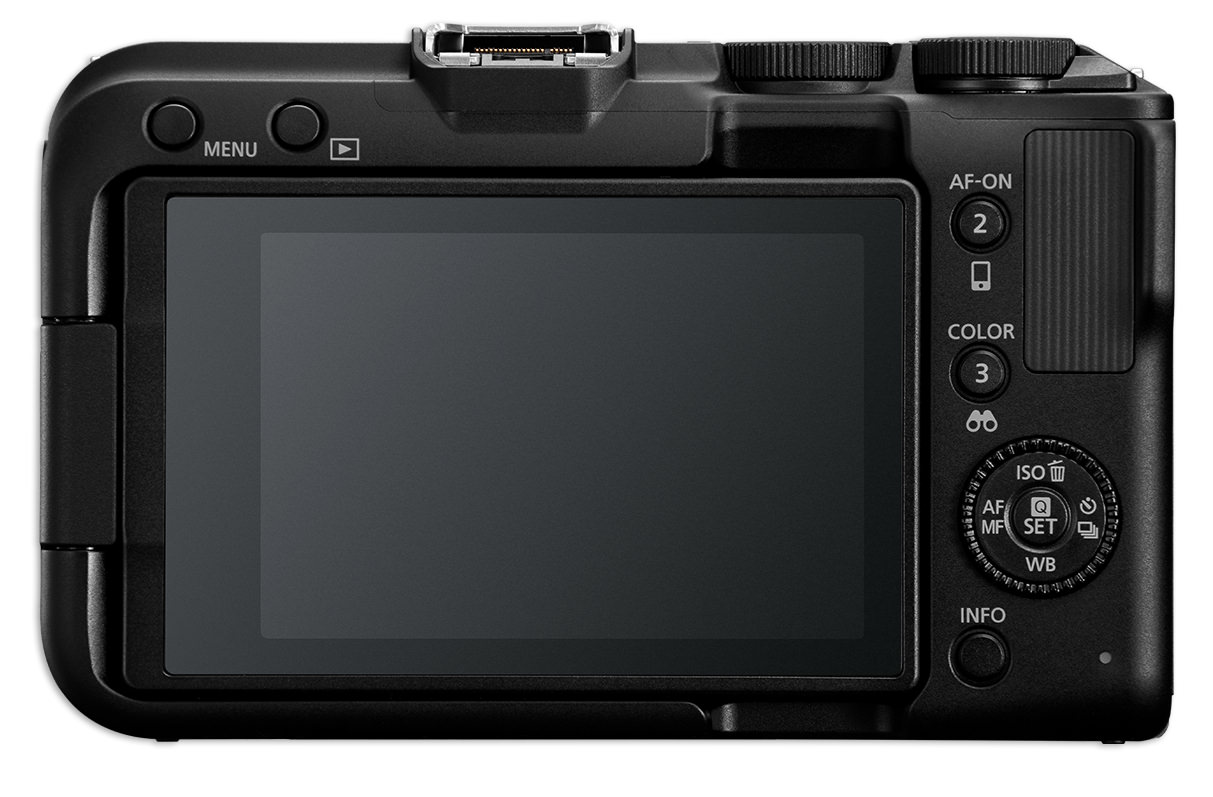
Canon EOS R50 V Specifications
Body type | SLR-style mirrorless | |
Max resolution | 6000 x 4000 | |
Image ratio w:h | 1:1, 4:3, 3:2, 16:9 | |
Effective pixels | 24 megapixels | |
Sensor photo detectors | 26 megapixels | |
Sensor size | APS-C (22.3 x 14.9 mm) | |
Sensor type | CMOS | |
Processor | Digic X | |
ISO | 100-32000 | |
Boosted ISO (minimum) | 100 | |
Boosted ISO (maximum) | 51200 | |
Custom white balance | Yes | |
Image stabilization | No IBIS | |
Uncompressed format | RAW | |
JPEG quality levels | Fine, Normal | |
Manual focus | Yes | |
Number of focus points | 651 | |
Lens mount | Canon RF | |
Focal length multiplier | 1.6× | |
Articulated LCD | Fully articulated | |
Screen size | 3″ | |
Screen dots | 1,040,000 | |
Touch screen | Yes | |
Live view | Yes | |
Angle of view: | Approx. 150° vertically and horizontally | |
Minimum shutter speed | 30 sec | |
Maximum shutter speed | 1/4000 sec | |
Maximum shutter speed (electronic) | 1/8000 sec | |
Format | H.264, H.265 | |
Storage types | UHS-II/UHS-I/UHSSD | |
USB | USB 3.2 Gen 2 | |
USB charging | Yes | |
HDMI | Yes | |
Microphone port | Yes | |
Headphone port | Yes | |
Wireless | Built-In | |
Remote control | Yes | |
Battery | Battery Pack | |
Battery description | LP-E17 | |
Weight (inc. batteries) | 370 g (13.05 oz) | |
Dimensions | 119.3 x 73.7 x 45.2 mm (4.70 x 2.90 x 1.78″) | |
A Solid Evolution of the EOS R50
As you can see, its fairly close to the EOS R50. There are noticeable differences when you compare the physical dimensions of the two cameras, but weight is about the same.
This isn’t a complete list of specifications, so there are still some things that will come out tomorrow when it’s officially announced.
The Canon EOS R50 V is obviously a camera for the masses and with the form factor change, will likely attract some new customers to the Canon APS-C range of cameras.
How Much Will It Cost?
The Canon EOS R50 V will launch at $649 body only and $849 when purchased in a kit with the new RF-S 14-30mm f/4-6.3 IS STM PZ.
The Canon EOS R50 V will begin shipping in April, 2025.
|
When you purchase through links on our site, we may earn an affiliate commission. Here's how it works. |



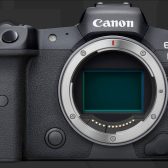
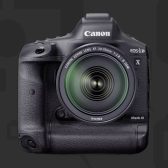
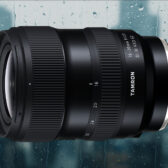
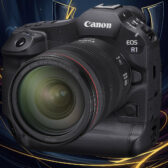
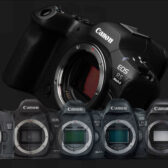
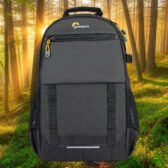
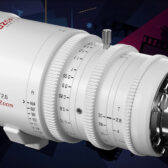


It's probably electronic for video.
If the sizing prediction is correct, it might be a nice replacement for my M6II, but I don't feel like spending R50V + sigma 10-18 + sigma 18-50 money on that idea :)
Only IBIS could make me change my mind. But I lives without it for decades. :p
Thats really a relief! Not because I am personally interested in this camera, but because these three offer a lot of options. In the past, not all cameras had a headphone port, though it would have been good to have one. Yes, the HDMI might not be a full HDMI port, but rather micro or mini, but at least you can charge your camera while using an external monitor, if you want to.
Image stabilisation is porbably not IBIS, but digital IS. I would be genuinely surprised to see IBIS in this camera.
- Less resolution than an M6II (but probably superior image quality with more modern sensor)
- 4mm higher than an M6II (might be an issue for my use case but could still fit)
- same battery as the M6II
- AF highly likely superior to an M6II
- APS-C fine, I got the R5 for full frame, it's a good combination
Questions:I might be tempted to try it if there are good, compact replacements for the Canon M 32mm 1.4, Sigman M 56mm 1.4, Canon M 11-22mm, Canon EF-S 50-250mm (which I just could keep using with the RF Adapter instead of the M adapter).
But I need those compact portrait primes. How about an M - RF-S adapter?
Just replaced the EF 100-400 with the RF 100-500, going full R on both bodies would bring the dual use of this lens back.
With a few disadvantages: no burst mode, more prone to flickering light, no external flash..
Still odd, I would expect a lower res sensor to perform better.
There are lots of Sigma prime and zoom lenses for crop RF
Buy:
R50V
Canon RF‑S 10–18mm f/4.5-6.3 IS STM or Sigma RF-S 10-18mm f/2.8 DC DN (favoring the Sigma for obvious reasons)
Canon RF(-S) 20mm f/1.4L VCMCanon RF 28mm F2.8 STM Pancake (for keeping it small)
Sigma RF-S 30mm f/1.4 DC DN
Sigma RF-S 56mm f/1.4 DC DN
Keep:
Canon EF‑S 55–250mm f/4‑5.6 IS STM with RF Adapter
Sell:
M6 II
Canon EF-M Adapter
Canon M 11–22mm f/4.5-5.6
Canon M 22mm f/2.0
Canon M 32mm f/1.4 STM
Sigma M 56mm f/1.4 DC DN